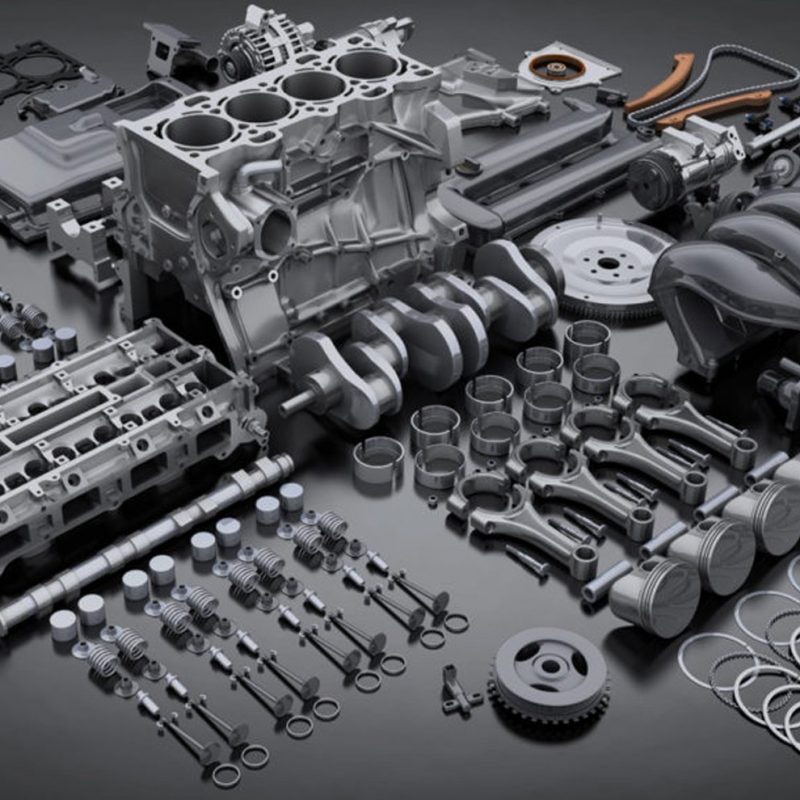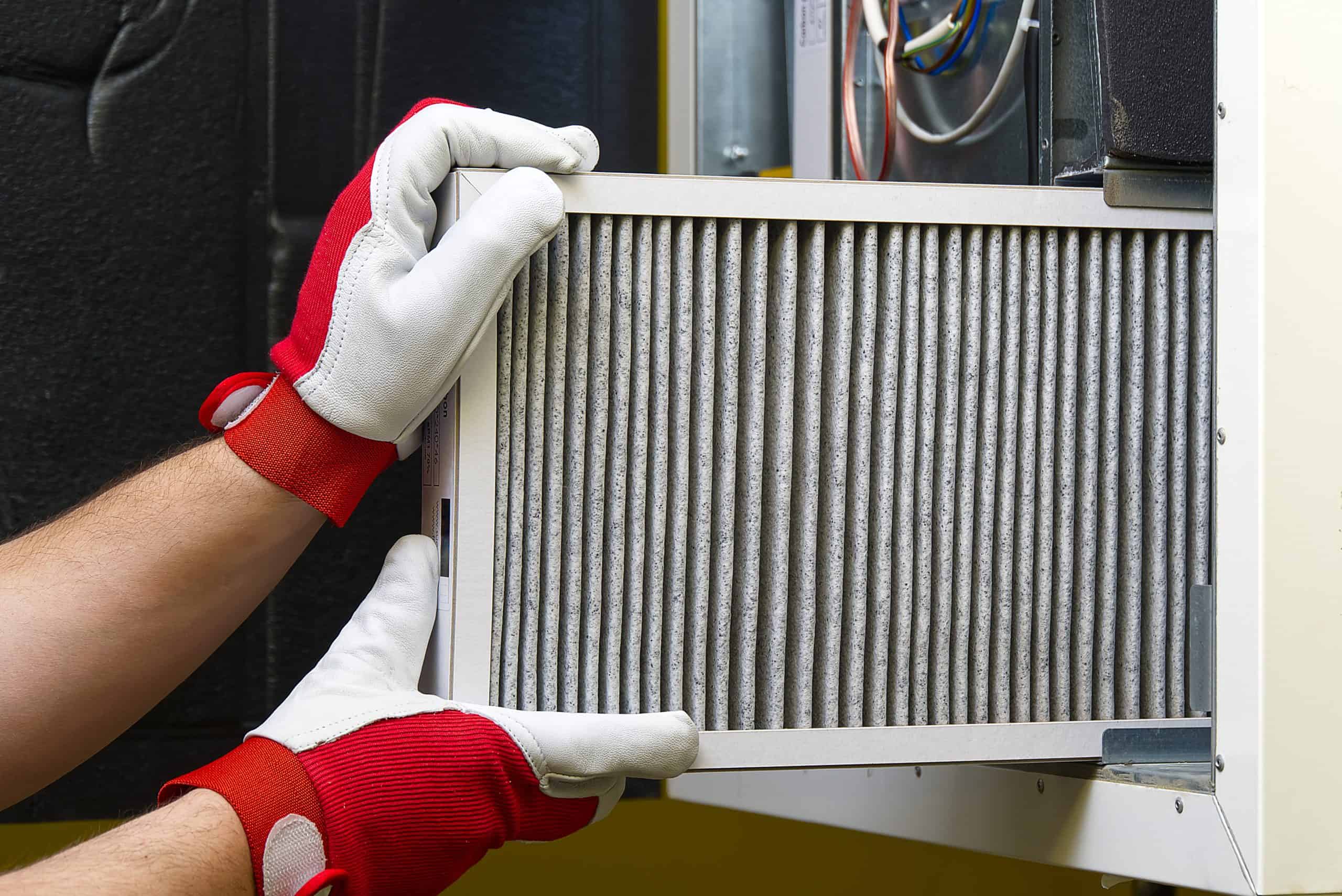How to Change Your Vehicle’s Oil Filter: A Step-by-Step Guide
How to Change Your Vehicle’s Oil Filter: A Step-by-Step Guide
Changing the oil filter on your vehicle is an important maintenance task that can help extend the life of your engine and improve its performance. The oil filter is responsible for removing contaminants from the oil before it reaches the engine, ensuring that the engine runs smoothly and efficiently. While it is always best to consult the vehicle’s owner’s manual for specific instructions, this step-by-step guide will provide a general overview of the process for changing the oil filter on your vehicle.
Step 1: Gather the necessary tools and materials.
Before you begin, make sure you have all the necessary tools and materials on hand. You will need a new oil filter, a new oil filter gasket (if necessary), a filter wrench, a funnel, and a drain pan. It is also a good idea to have some rags or paper towels on hand to clean up any spills or drips.
Step 2: Locate the oil filter.
The location of the oil filter can vary depending on the make and model of your vehicle. In most cases, it will be located near the bottom of the engine and can be easily accessed from underneath the vehicle. Refer to the vehicle’s owner’s manual or a repair manual for specific instructions on locating the oil filter.
Step 3: Drain the oil.
Before changing the oil filter, it is important to drain the oil from the vehicle. Locate the oil drain plug, which is typically located near the bottom of the engine, and use a wrench to loosen and remove it. Allow the oil to drain into the drain pan. Once the oil has finished draining, replace the drain plug and tighten it securely.
Step 4: Remove the old oil filter.
With the oil drained, you can now remove the old oil filter. Use the filter wrench to loosen and remove the oil filter. Be careful not to damage the surrounding area when removing the filter. Once the filter is removed, clean the mounting surface and surrounding area thoroughly with a rag or paper towel.
Step 5: Install the new oil filter.
With the old filter removed and the area cleaned, you can now install the new oil filter. Apply a small amount of oil to the new filter gasket (if necessary) and install the new filter. Tighten the filter by hand to ensure a tight seal.
Step 6: Add new oil.
With the new oil filter installed, you can now add new oil to the vehicle. Use the funnel to add the recommended amount of oil to the engine. Check the oil level with the dipstick to ensure it is at the correct level.
Step 7: Start the engine and check for leaks.
With the oil filter changed and the new oil added, start the engine and let it run for a few minutes. Check the area around the oil filter and the drain plug for any leaks or drips. If you notice any leaks, stop the engine and check for loose connections or other issues.
Changing your vehicle’s oil filter is an important maintenance task that can help extend the life of your engine and improve its performance. By following this step-by-step guide, you can change the oil filter on your vehicle quickly and easily. Remember, always refer to the vehicle’s owner’s manual for specific instructions and recommended replacement schedule.
In summary, changing the oil filter on your vehicle is an important maintenance task that can help improve the performance of your engine, increase fuel efficiency, and extend the life of your engine. The process is relatively simple and can be done by following the above steps.








